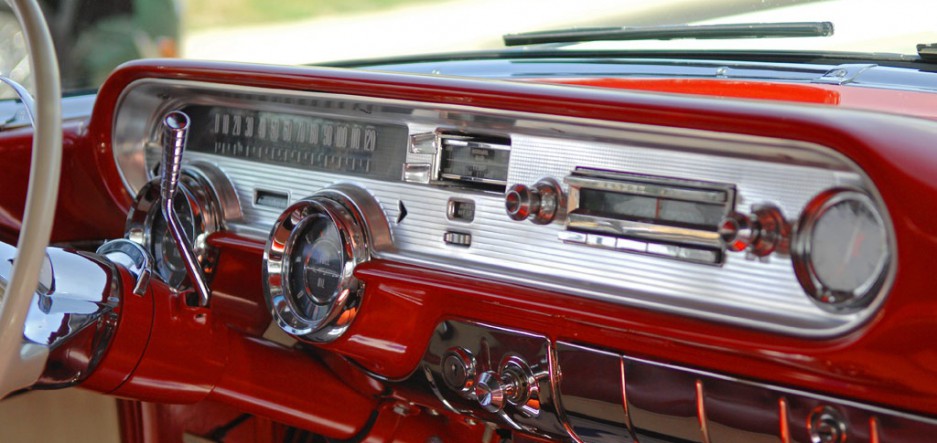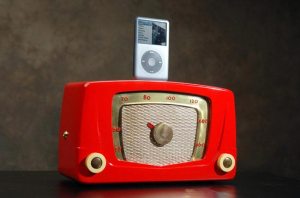Podcasts for Audio Education
By: JasonItec
The use of audio in education can be an effective tool to offer teachers and students flexibility and varied modalities of learning. Since the radio was invented, its range and versatility has been utilized for distance education to transmit information to people who can relaxingly listen instead of having to read. Listening to information is different from other modalities in that it allows for the person to multitask while learning. Books and television are effective tools for information transmission, but they do not allow for the eyes and hands to be idle the way that audio can. At the same time, audio has limitations in terms of visual appeal and the ability to maintain audience focus.
For modern educational purposes, the use of analog audio has seen its day. Digital audio is much more versatile in storage and transmission, and it allows for playback and storage on devices familiar with 21st century students. One example of an effective use of digital audio for distance education is the Podcast. A Podcast is a digital recording that can be as simple as one person speaking into microphone or as complex as a regular radio show with guests and predictable formatting. The use of Podcasts for educational purposes offers students a lot of flexibility in how and when they receive the information. Students can play these recordings while they are jogging or even driving in the car, and this type of versatility is something other forms of distance learning communication cannot compete with. Being that Podcasts are synchronous, or happening outside of real time, they are limited in that students cannot ask questions or comment on specific points being covered.
Forms asynchronous audio include live educational radio and audio conferencing with applications such as Skype. Educational radio is very predictable in format and can allow for expert guests to share in depth knowledge of their content area of expertise. Live educational radio is flexible in that it may be possible to call in and speak to the host, but availability can be limited depending on the popularity and format of the show. Audio conferencing does allow for direct communication with the speaker but also has its limitations. Depending on how many people are linked into the audio conference, interruptions and confusion on who is speaking can create barriers to effective learning and communication. Programs such as Skype however can be great tools for teachers to bring expert speakers into their classroom without the extra burden on the speaker to actually come to the school. Also, allowing one class to have a synchronous Skype interview with the guest and the rest of the classes to hear an asynchronous recording of the previous session, can open more doors for speakers by limiting the interview time required.
Audio use in education can be a useful tool, but the lack of visual appeal and ability to maintain interest is a serious setback with students today. The big advantage of audio is best utilized through the Podcast model. The ability to listen and re-listen to recorded lectures or Podcasts while students are doing other tasks is a distinct advantage over any other mode of communication. Time spent cutting grass, driving, and even cooking dinner is time that otherwise would be off limits to any type of studying or learning. But with the radio or iPod playing in the background, this time is now available for students to make better use of. So, while audio is not the ideal form of content transmission for education, the positives are far too advantageous to forgo its use all together.

